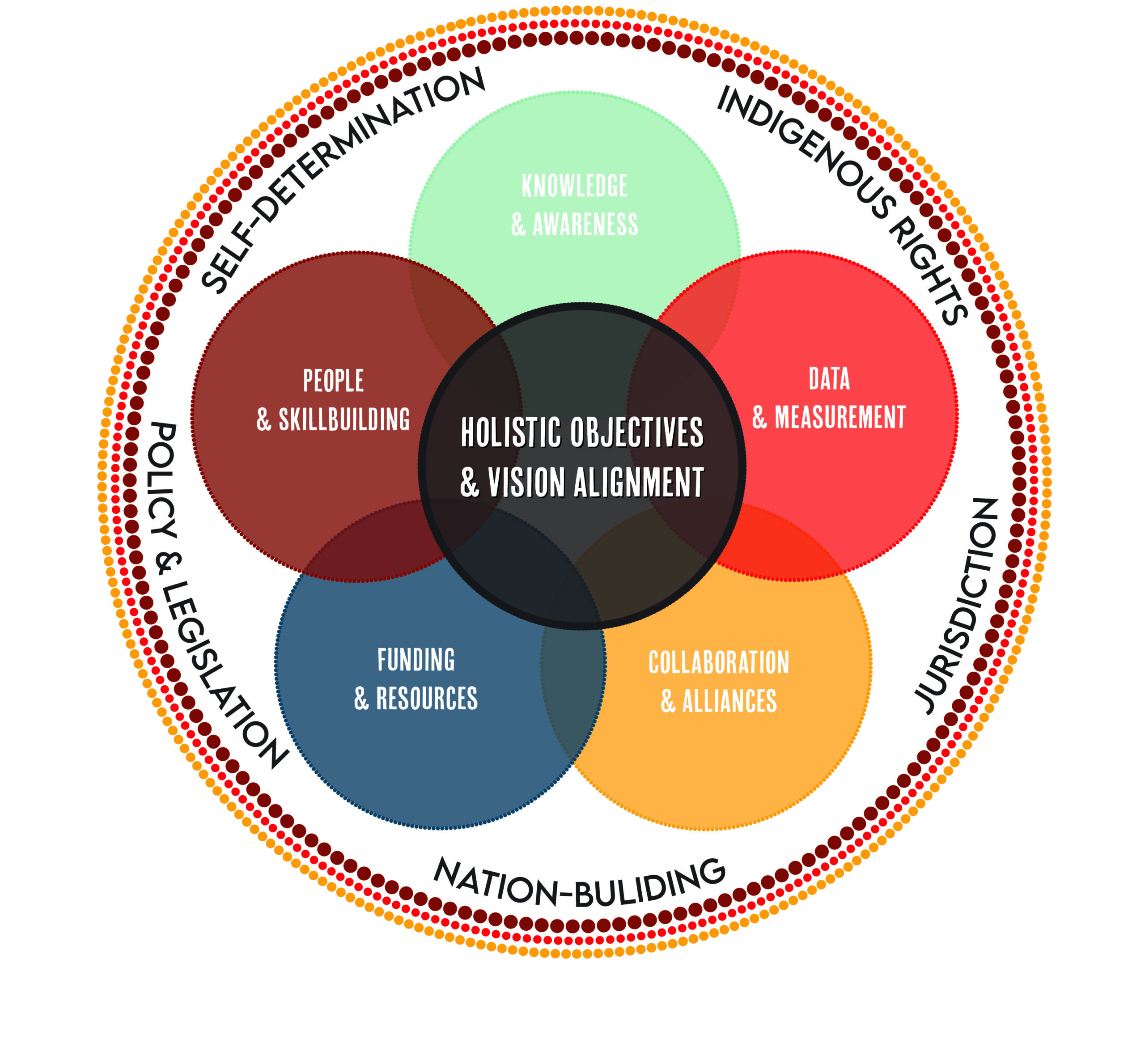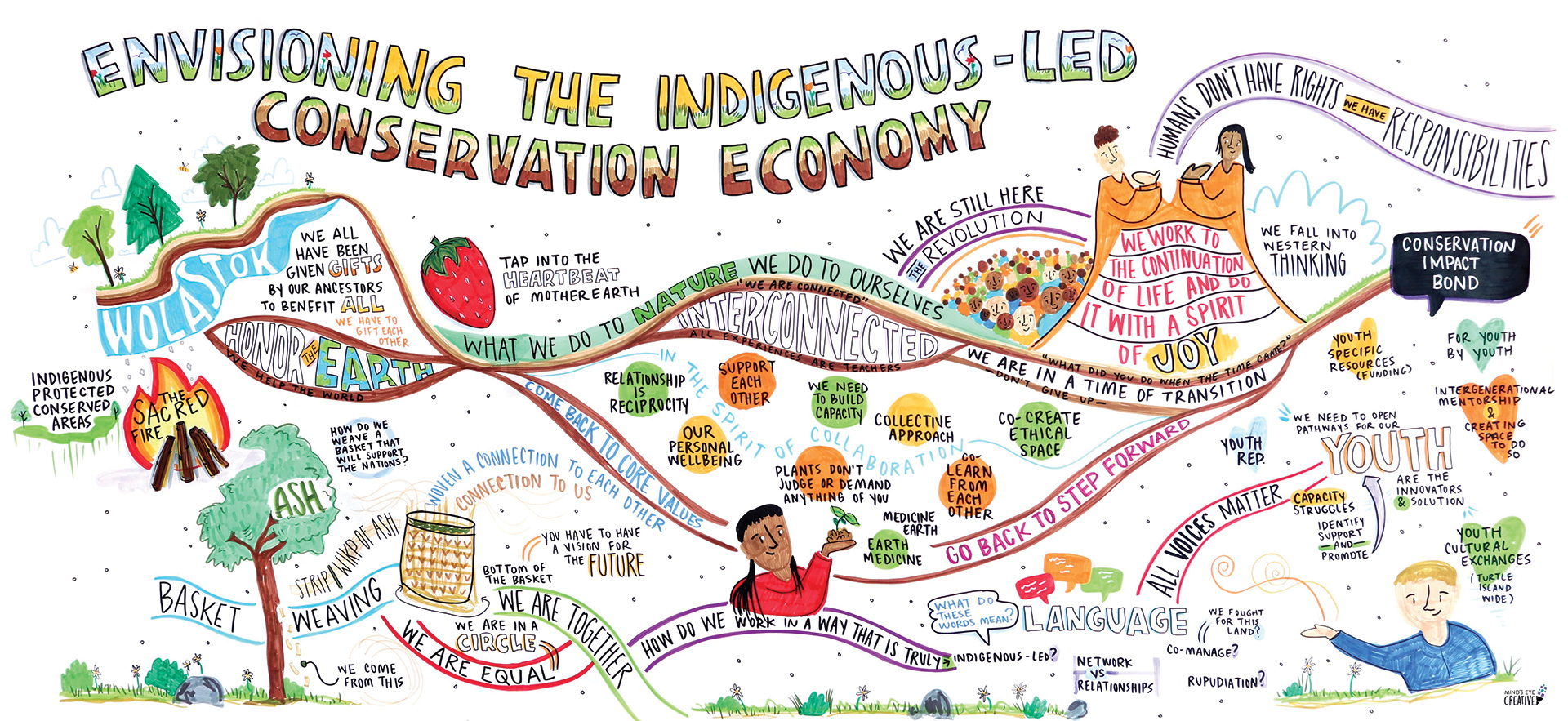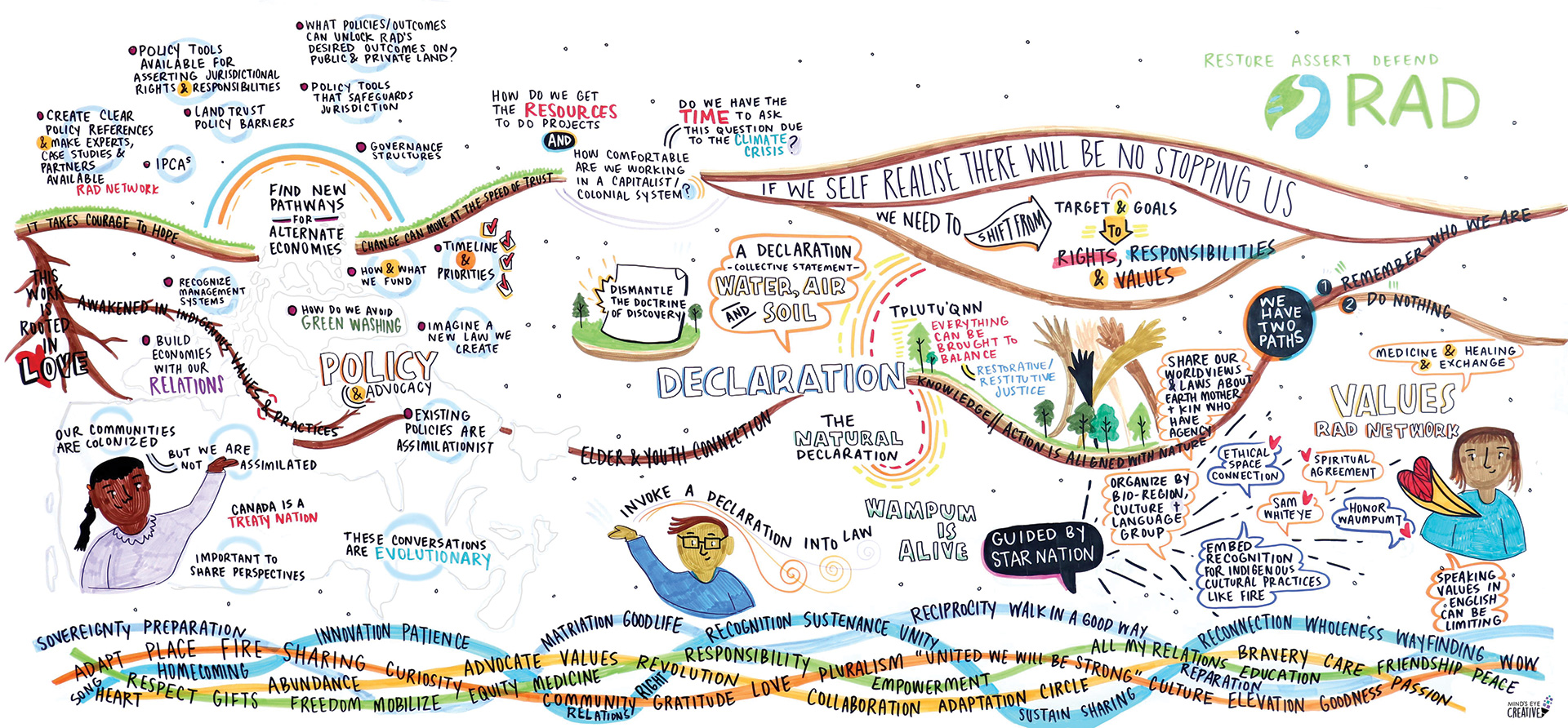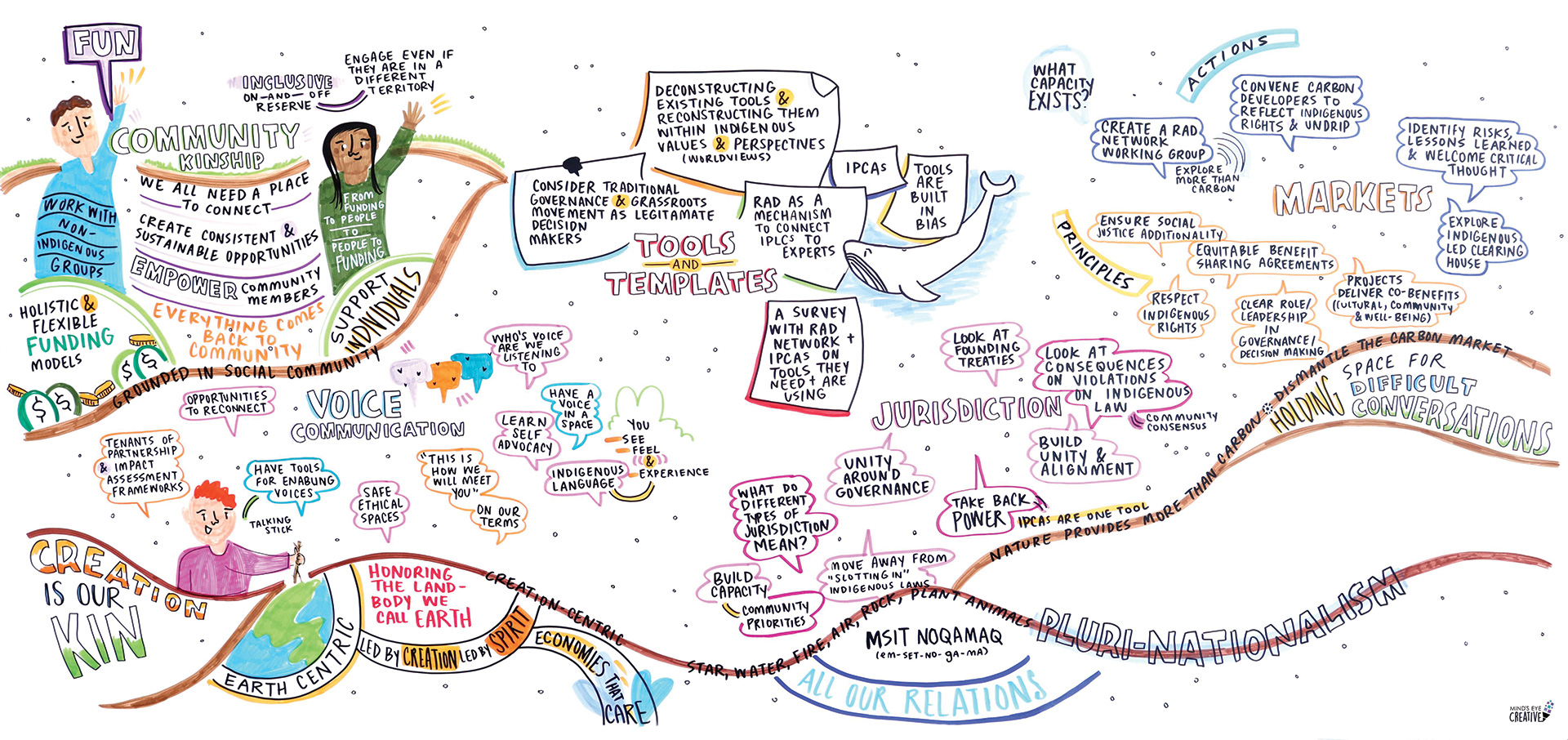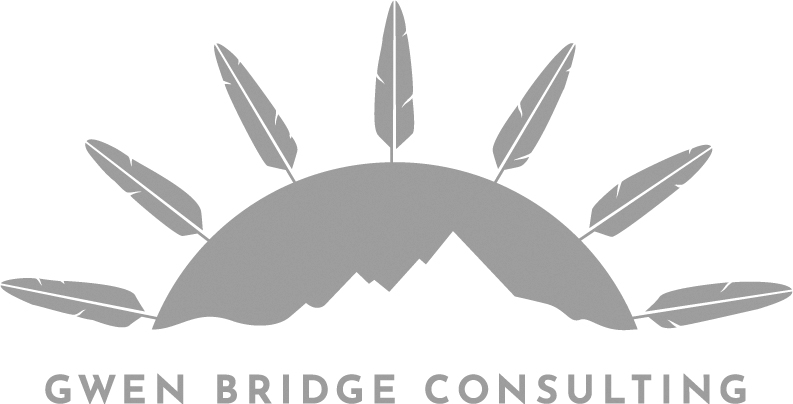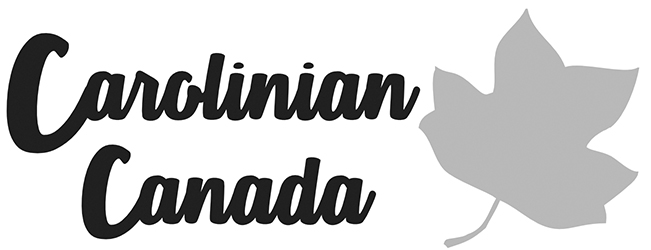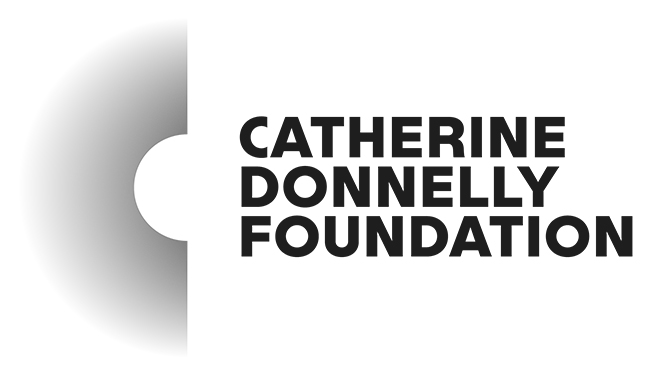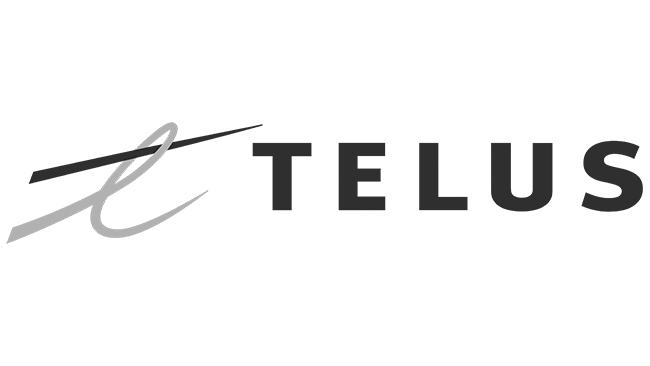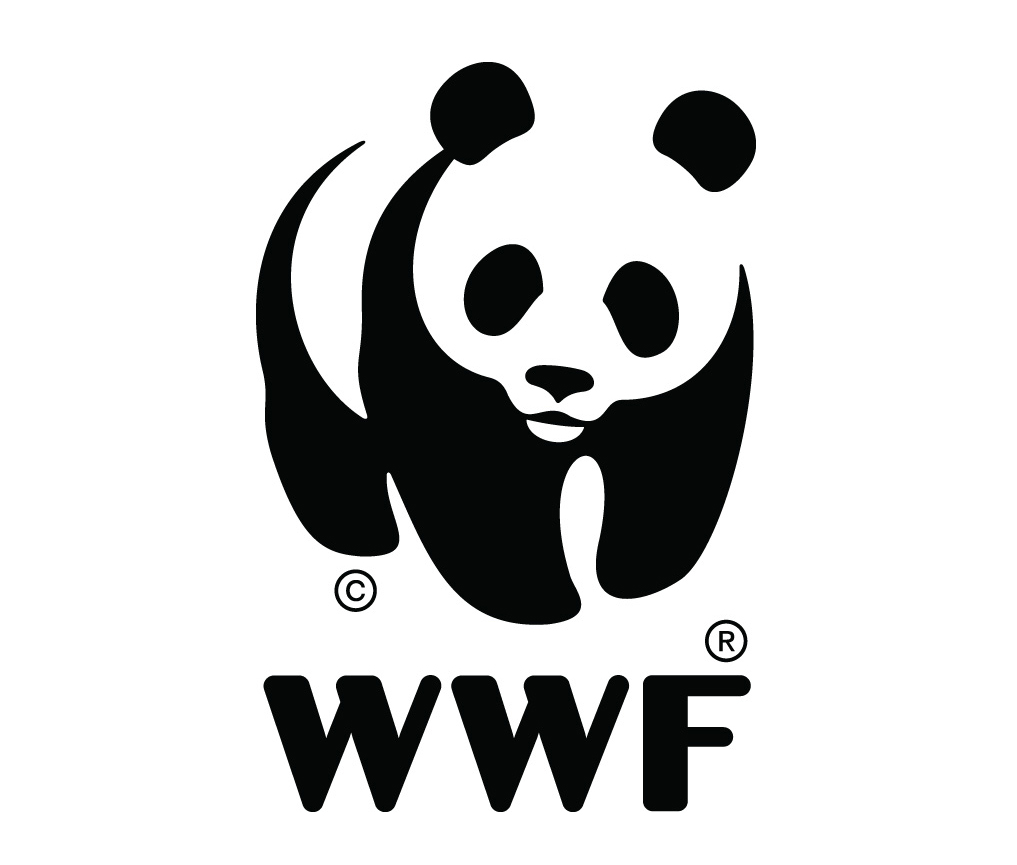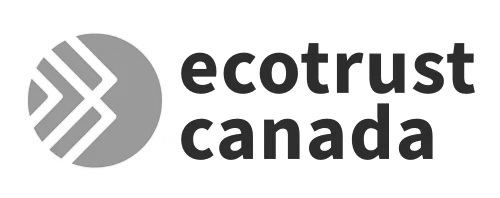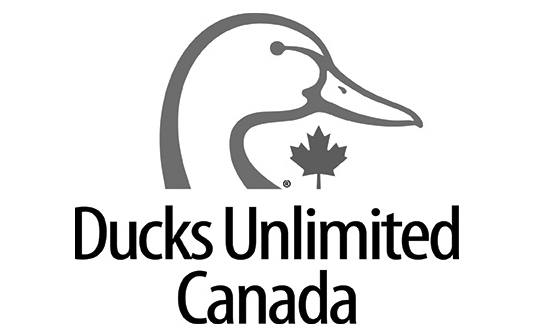RAD Tools & Reports
EXPLAINERS
Cultivating Capacity: A Scan of Needs and Resources for Indigenous-led Nature-based Solutions
Capacity gaps often pose barriers to Indigenous-led nature-based solutions. The RAD Network is well placed to create tools and resources to address those gaps. But before doing so, we needed to consider: what tools and resources are already out there? How can we reduce duplication and foster collaboration? What capacity needs are Nations still facing and how can we best respond?
To begin to answer these questions, we did a desktop research scan and interviewed RAD Network partners and collaborators, including ENGOs working on capacity-building tools and programs, and individuals working on the ground in community to advance nature-based solutions. The report provides overviews of emerging capacity-cultivating approaches and summarizes key capacity needs and outstanding gaps identified by Community partners, offering recommendations to respond to the gaps identified.
This initial ‘scan’ will provide a jumping-off point for further work, including ongoing ‘ecosystem mapping’ and follow-up network engagement to ground-truth findings. The results will inform the co-creation of capacity-building tools grounded in Community needs.
SNAPSHOT SUMMARY: CAPACITY GAPS & OPPORTUNITIES
Based on the ‘ecosystem scan’ we identified six key categories of capacity needs for Indigenous-led nature-based solutions, illustrated in the figure, below. Key areas include knowledge and awareness, funding and resources, people and skillbuilding, data and measurement, collaboration and support for holistic objectives. These categories are intersecting and gaps typically cannot be addressed in isolation. Moreover, tools to grow capacity can only be effective if rights, jurisdiction and enabling policy are also centered. Indigenous Nation’s interests in NbS are not separate from governance and self-determination aspirations.
Further, capacity gaps exist in Indigenous Nations and equally they exist among ENGO partners and other collaborators too, who can struggle to adopt a decolonized lens in their collaborations. As this emerging “field” of related policies, marketplace vehicles, regulatory instruments, technical practices and various institutional actors grows, efforts to understand and fill these gaps must happen at the field or systems level as well within and by individual communities, rightsholders, or organizations.
Hover over the visual below to reveal examples of capacity needs within the different categories.
Envisioning the Indigenous-led Conservation Economy
In April 2023, we came together with over 80 individuals on Wolastoqiyik Territory at St. Mary’s First Nation, Sitansisk (also known as Fredericton, New Brunswick), to connect, exchange and envision pathways forward. The gathering clarified our collective vision and provided a springboard for further action.
The report – which was collaboratively developed with input from participants – summarizes the rich dialogue from the gathering and lays out priorities, actions and outputs for the RAD Network to pursue moving forward. The report is rich in insights on a range of topics, with reflections from our guest Knowledge Carriers, Elders, youth, land guardians, legal experts Indigenous leaders and many others. Key themes of discussion included community kinship, jurisdiction, markets, policy and advocacy, values, voice and communication, youth engagement, the rights of nature, and tools that can advance our goals in these areas.
The graphic recordings, below, provide a visual summary of some of the key takeaways, including ideas for future RAD Network work stream activities, as well as key themes and values that we seek to weave into the fabric of our emerging network.

